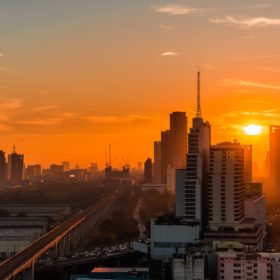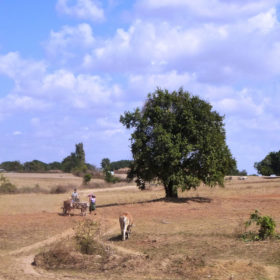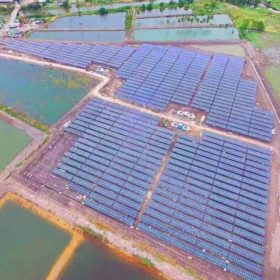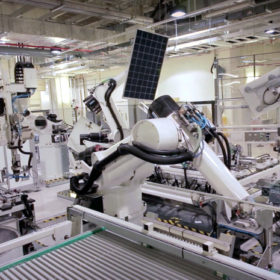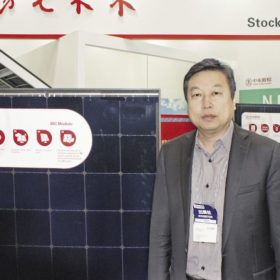ADB invests $155 million in Thai green bonds
The bank continues its involvement in Thailands largest IPP B.Grimm, which is set to grow its renewable energy portfolio. According to ADB, the green bond proceeds will go to nine operational solar PV plants with a cumulative rating of 67.7 MW, and 30.8 MW that are currently still under construction.
Daimler brings its EV plans to the table with €20 billion battery cell order
Another German car manufacturer has announced ambitious electric vehicle plans. Daimler AG says it has invested €20 billion in the purchase of battery cells to further advance its electric fleet.
IRENA and southeast Asian nations pledge action on PV
The International Renewable Energy Agency wants to unlock the PV potential of the Asia-Pacific region with technical and planning support. It says a better flow of knowledge is needed to close the gap on a regional aim of generating 23% of energy from renewables by 2025.
Basic Energy buys stake in 2 Thai EPC firms working on 220 MW Myanmar PV project
The Philippines-based energy company has signed the share purchase agreements to acquire a 15% stake in two Thai companies, which are building a 220 MW utility-scale solar power project in Myanmar.
Goldbeck Solar highlights importance of first-class guarantees
Goldbeck Solar shares the unfortunate details of a botched module supply deal with China Sunergy. To date, Goldbeck Solar claims it is yet to receive a single module.
Renewables to drive economic growth in SE Asia — IRENA
The 10 members of the Association of Southeast Asian Nations (ASEAN) are on track to make solar and other renewables account for 23% of the region’s total primary energy supply (TPES) by 2025, but governments will need to create better policy and investment frameworks to make it happen, according to the International Renewable Energy Agency (IRENA).
Trump opens the door for specific products, nations to be excluded from tariffs
The U.S. President’s proclamation provides a path for specific products to apply for exemption from tariffs, which had been sought by both SunPower and the government of South Korea. Additionally, imports from a number of developing nations are exempt as long as import levels remain small.
Jolywood signs solar distribution agreement with IMI Industries
China-based Jolywood (Taizhou) Solar Technology Co. Ltd. has signed an agreement with Thailand’s IMI Industries Co., Ltd, under which the IMI Group will distribute Jolywood’s double-glass bifacial PV modules to the Thai solar market.
Thailand’s bigger RE ambitions may lead to economic renaissance – IRENA
Increasing the role of solar PV in its energy mix from 6 GW to almost 17 GW is one of IRENA’s key recommendations for Thailand. Noting that RE national targets could be comfortably surpassed by a quarter to reach more than 37% by 2036, its report finds more ambitious deployment could save over US$9 billion annually, proving to be a major turning point for the entire economy.
USAID, GIZ release PV guidelines for Thailand
The U.S. Agency for International Development (USAID) and German development agency Deutsche Gesellschaft für Internationale Zusammenarbeit (GIZ) have jointly issued a set of recommendations to facilitate rooftop PV deployment in Thailand.
